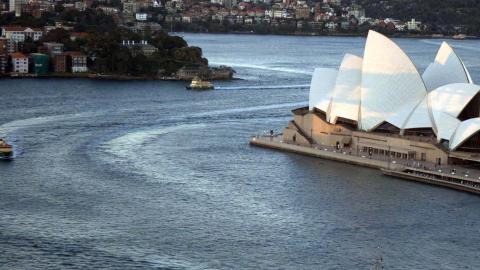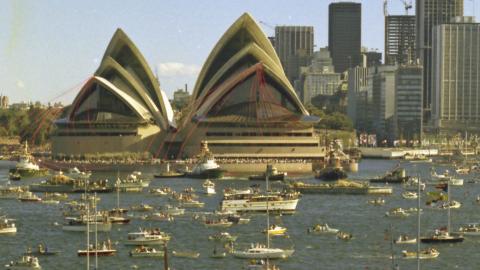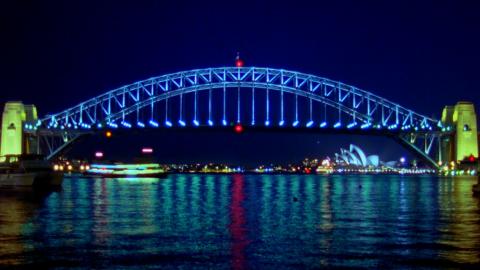
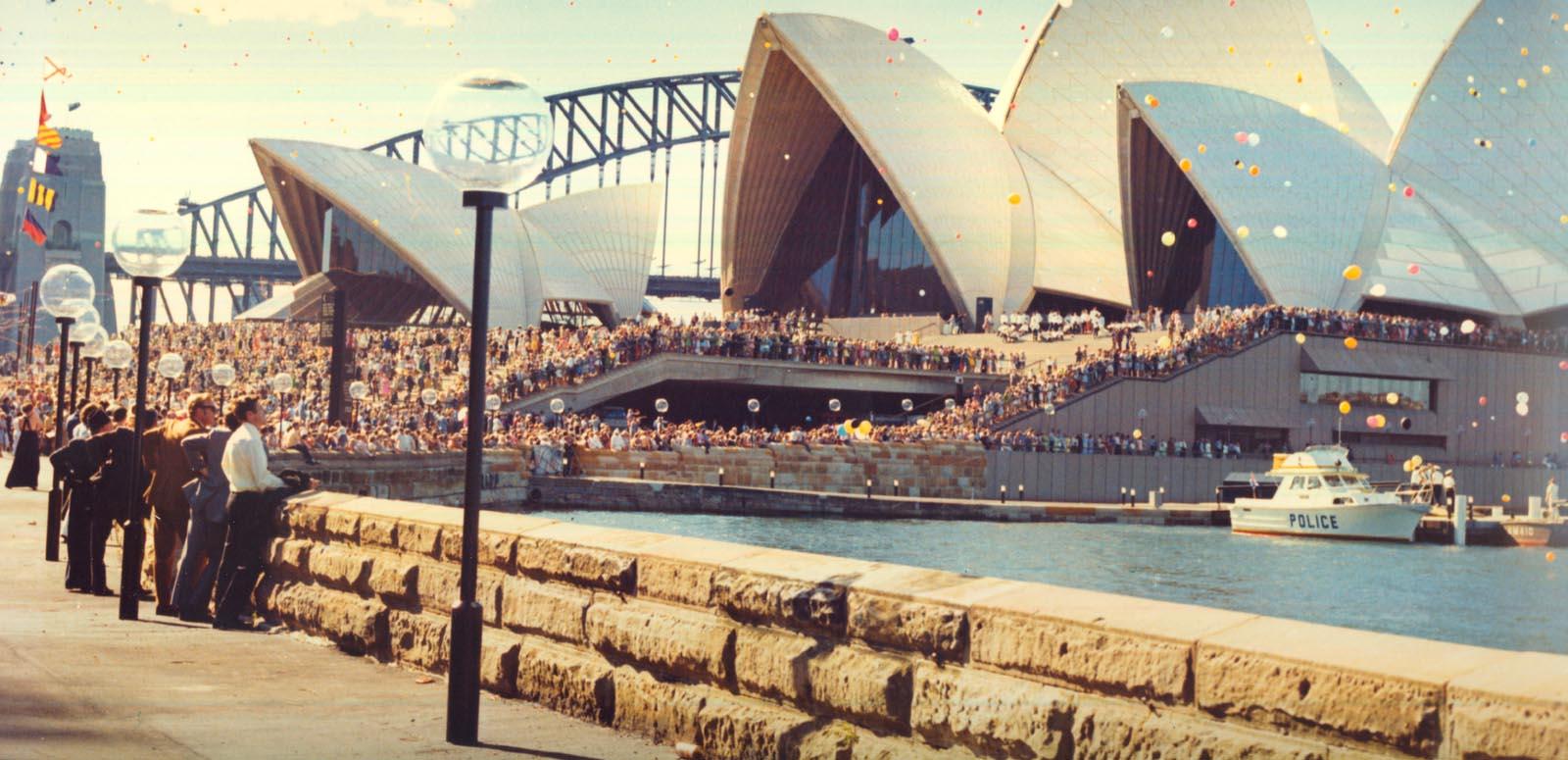
Sydney Opera House
Sydney Opera House collection
The Sydney Opera House was officially opened on 20 October 1973 – 14 years after construction began.
The Opera House holds a special place in the hearts and minds of Australians and is an internationally recognised symbol for Australia.
Built on the land of the Gadigal people of the Eora nation, Danish Architect Jørn Utzon designed the multi-venue performing arts centre after winning a competition in 1957. One of the 20th century's most famous buildings, the Opera House became a UNESCO World Heritage Site in 2007.
In this collection you can discover more about the Opera House's design, construction and controversy, and see rare footage of the opening.
The collection features a selection of the House's famous visitors over the years from Queen Elizabeth II, Pope John Paul II and Oprah Winfrey to Crowded House, Paul Robeson, Jackie Chan and Dame Joan Sutherland.
You can also stream The Fifth Facade (1973, 28 minutes), about the construction of the Sydney Opera House, on NFSA Player.
WARNING: This collection may contain names, images or voices of deceased Aboriginal and Torres Strait Islander people.

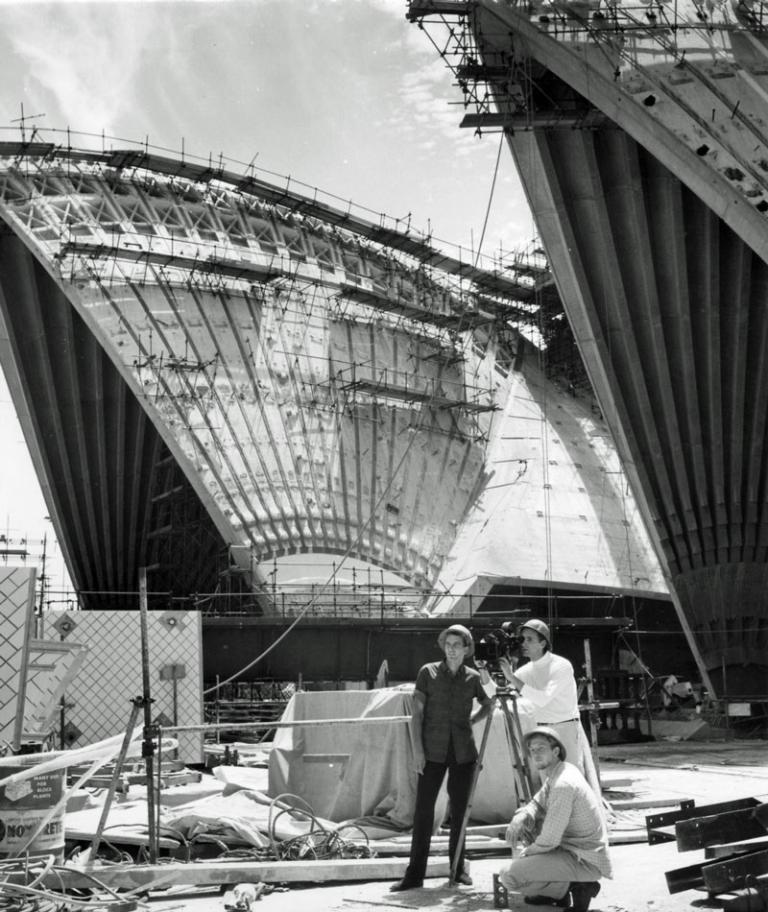
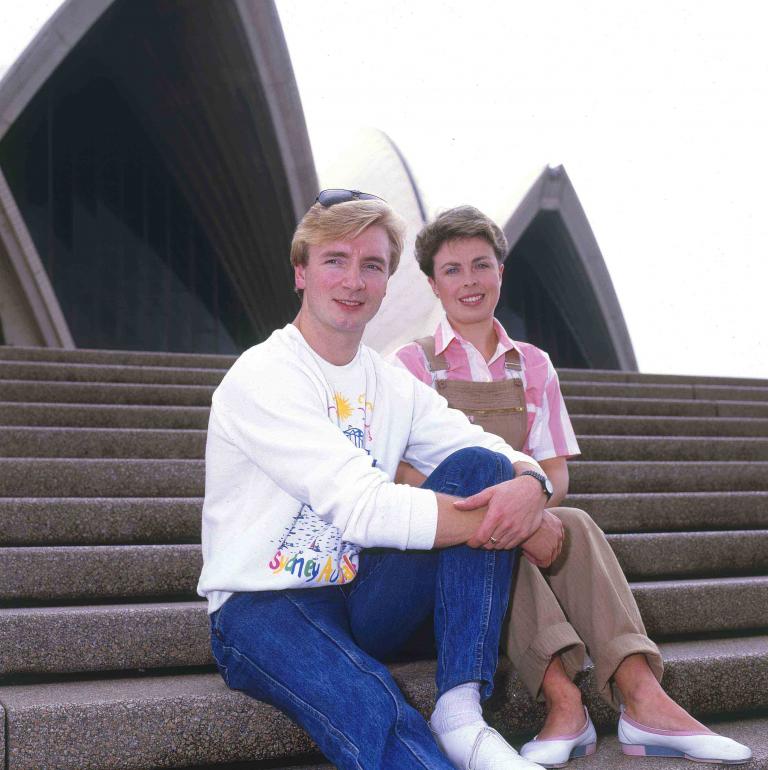
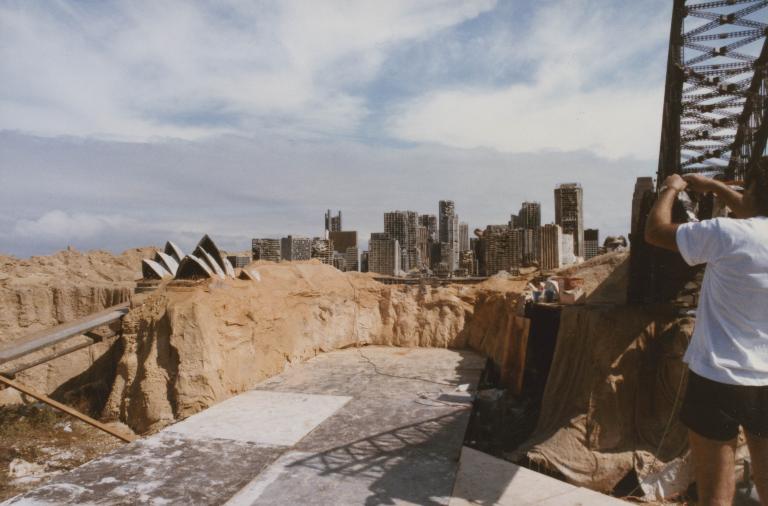
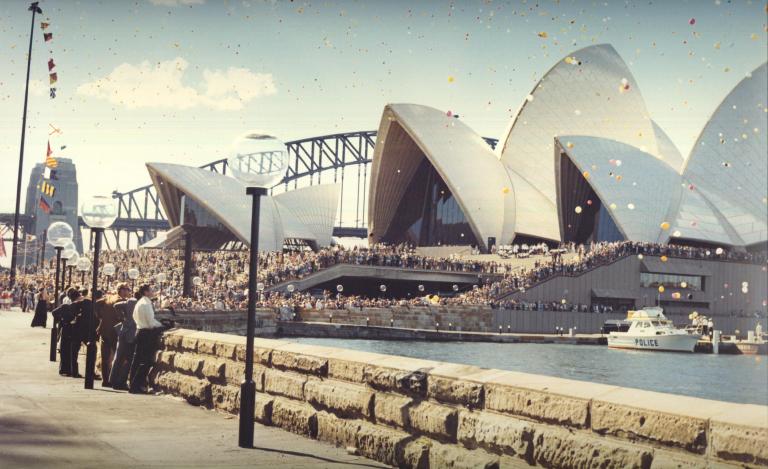
The National Film and Sound Archive of Australia acknowledges Australia’s Aboriginal and Torres Strait Islander peoples as the Traditional Custodians of the land on which we work and live and gives respect to their Elders both past and present.
